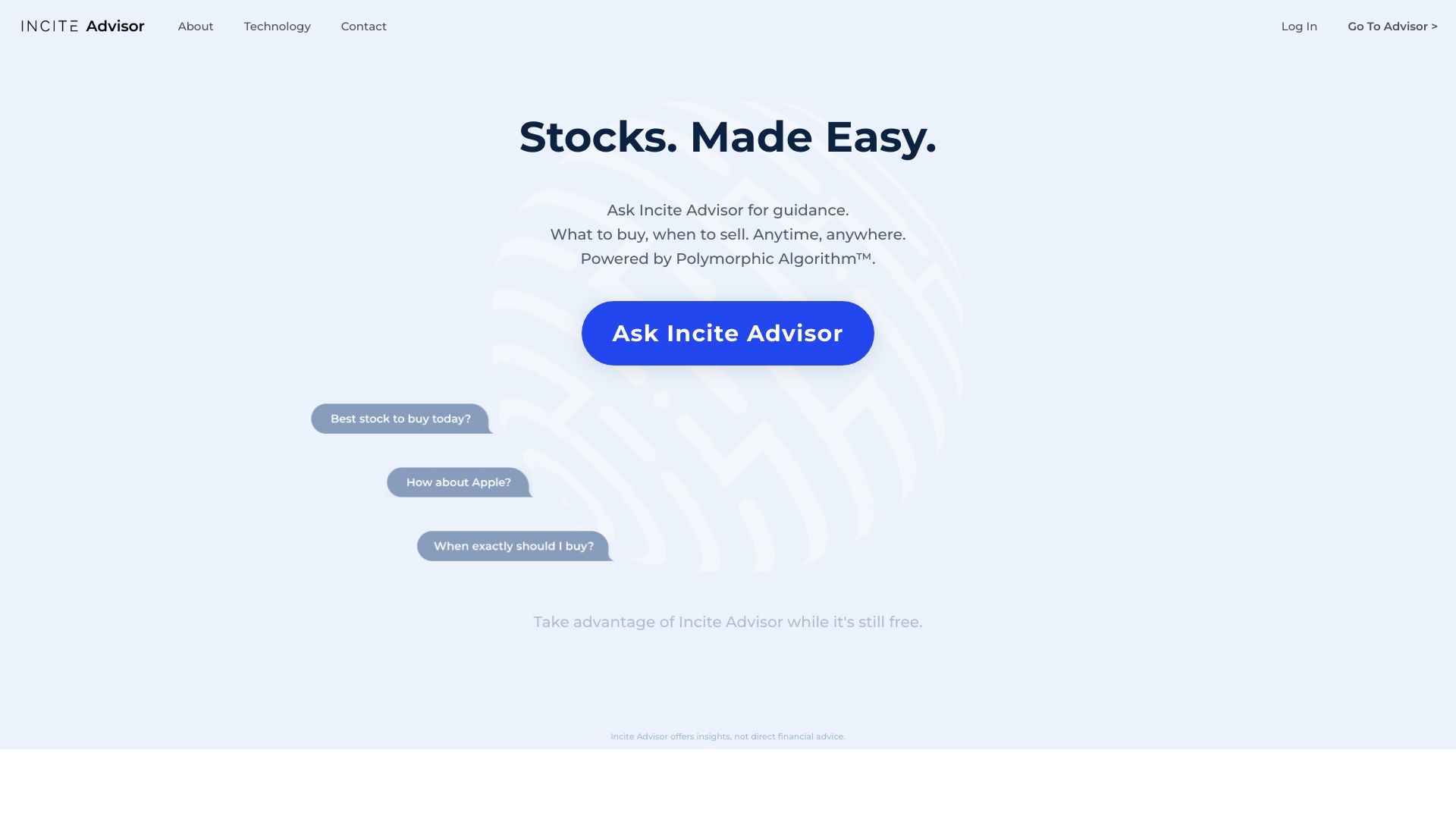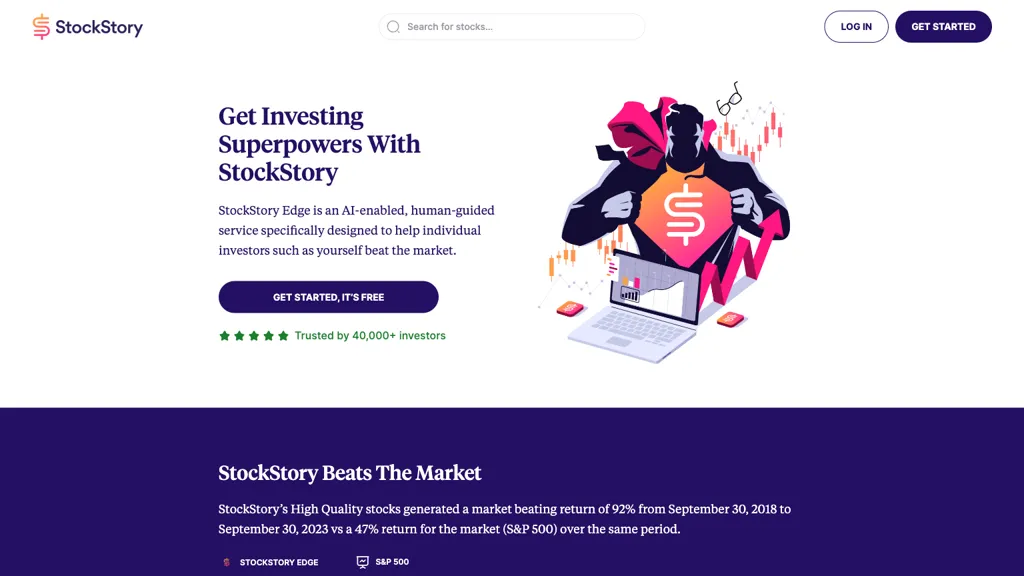20 New Reasons For Deciding On AI Stock Trading Sites
20 New Reasons For Deciding On AI Stock Trading Sites
Blog Article
Top 10 Tips On Pricing And Costing Of Ai Software For Predicting And Analysing Stocks
To make the most of your investment it's important to know and compare pricing for AI analysis and stock prediction platforms. Pricing structures differ widely, and it is important to know what you are receiving for your price. Below are the top ten ways to assess the price and costs of these platforms.
1. Find out more about the pricing model
Subscription based: Find out if the platform charges monthly or annually, and what features each tier includes.
Pay-per-use : Make sure that the platform's charges are based on usage (e.g. trades, requests for data, or forecasts).
Freemium Model: Examine to see if the platform has a free model that offers the most basic features. Premium features are charged for.
2. Compare Pricing Tiers
Compare the features of the various price levels, e.g. Basic, Professional Enterprise, Basic.
Scalability: Make sure the pricing tiers you choose are in line with your needs.
Upgrade flexibility: Find out if you are able to easily upgrade or downgrade when your requirements evolve.
3. Evaluate Hidden Costs
Fees for data. Check if the platform charges fees for accessing premium data.
Brokerage charges: Determine whether the platform charges extra charges for trade execution or integration with brokers.
API usage: Assess whether API access costs are higher or if API usage is high-frequency.
4. Demos, Free Trials and Test Drives
Trial period - Search for platforms which offer an opportunity to try a demo or a free trial to check out the features before deciding to decide to sign up.
Review the limits of a trial trial. Does it include all features?
Choice of no-commitment: Be sure you can cancel your trial if it doesn't meet your requirements.
5. Find the most recent discounts and promotions
Discounts for annual plans: Check if there are any discounts that the platform offers compared to their monthly plans.
Referral programs: See if the platform provides discounts or credit for referring other users.
Ask about institutional pricing if you are part of a large organization.
6. How do you assess return on Investment (ROI).
Cost vs. Value: Find out if the functions and projections of the platform justifies its cost. Can it save you time or aid in making better trading choices?
Track record of performance Check out the platform's success rate or user feedback to get an idea of its ROI potential.
Alternative costs - Compare the platform's cost to the possible cost in the event that you do not use it (e.g., missed chance, analysis time manually).
Review Policies on Cancellation and Refunds
Conditions for cancellation: Make sure that you have the option to cancel your subscription without penalty or hidden charges.
Review the refund policy to determine what you can claim as an amount of money back for any non-used subscriptions.
Auto-renewal Check to determine if your platform renews automatically and also learn how to opt out.
8. Transparency in Pricing:
Clare pricing: Make sure that the price of your platform is clear and has no hidden fees.
Customer Support For clarification of unclear pricing information and other charges, call customer support.
Contract Terms: Know the long-term obligations and penalties, by reviewing the contract clauses.
9. Compare to Competitors
Features comparison Comparison of pricing and features offered by the platform against its competitors to ensure you're getting the best price.
User feedback: Find out what other people think about the app to decide whether it's worth the price.
Market positioning: Look at the pricing and see whether you're receiving a platform in line with your expectations.
10. Calculate the Long-Term Costs
Price increases: Determine whether the website has a history of increasing prices and when this happens.
Updates to features: See if your current plan includes new features or requires an upgrade.
Costs of scaling: Make sure the platform's pricing remains reasonable when your trading or data requirements grow.
Bonus Tips
Trials for free on multiple platforms are available to try and compare the advantages and performance of various platforms.
Price negotiation: If you own an institution or you're a heavy user, it's worth asking about discounts or custom pricing.
Look for free educational tools and resources. Some platforms provide tools for education or resources that are free.
Follow these tips to assess the cost and pricing for AI platform for analyzing and predicting stocks. Choose one that meets your needs and fits within your budget. A high-quality trading platform can find the perfect balance between features and affordability which will help you maximize your success. Have a look at the top rated ai investment app for site examples including ai for investment, best AI stock trading bot free, ai for stock trading, ai trading, ai chart analysis, using ai to trade stocks, best AI stock trading bot free, best AI stock, AI stock trading, AI stock trading bot free and more.
Top 10 Ways To Evaluate The Speed And Latency Ai Technology For Predicting And Analyzing Stocks
The speed and the latency of a trading platform is a crucial factor to consider, especially when it comes to active traders, algorithmic and high-frequency investors. Even milliseconds of delay can influence the execution of trades as well as profitability. Here are the top 10 tips for evaluating the latency and speed of these platforms.
1. Real-time Data Feeds for Evaluation
Data delivery: Check that the platform can to deliver data in real-time with a minimum delay (e.g. less than a millisecond).
Nearness of the data source: To decrease the time needed to transfer data, verify whether your platform's servers can be located near major exchanges.
Data compression: Determine whether the platform is using effective data compression techniques to speed up the delivery of data.
2. Test Trade Execution Rate
Processing time for orders: Check how quickly the platform process and executes trades when you have submitted an order.
Direct market access: Check whether the exchange allows direct orders to be made to the exchange.
Execution Reports: Check if your platform has detailed reports on the execution of orders, with timestamps.
3. Assess the Platform Response
User interface (UI speed) Test how quickly the system responds to inputs for example, clicking buttons or loading charts.
Chart updates - Make sure that the charts are updated immediately and without any delays.
Mobile app performance. If you are using a mobile app, it should perform just as fast as its desktop counterpart.
4. Find low-latency infrastructure
Server Locations: Ensure that the platform has servers that are low-latency and located near major financial exchanges, hubs or other sites.
Look for colocation alternatives. These services allow you to place your algorithms near to the exchange.
High-speed Networks: Verify the utilization of fiber-optic, high-speed network or other technologies with low latency.
5. Check the backtesting speed and simulation speed.
Historical data processing: Test how quickly the platform process and analyzes the historical data to backtest.
Simulation latency: Ensure that the software can simulate trading in real-time without obvious delay.
Parallel processing: Determine whether your system uses distributed computing or parallel processing to increase the speed of calculations.
6. Examine API Latency
API response: The performance of the platform's API is evaluated by the time it takes to respond to requests.
Rate limits: Determine whether API has reasonable rates limits in order to avoid delays during high-frequency trades.
WebSocket Support: Check whether your platform is compatible with WebSocket protocols that stream data in real time and at a low latency.
7. Test Platform Stability when Loaded
High-volume trading: Simulate high-volume trading scenarios to see whether the platform is stable and responsive.
Market volatility: Try out the platform in times that are high in volatility to see if it can handle rapid pricing adjustments.
Check the platform's tools to stress test your strategies in extreme circumstances.
8. Evaluation of Connectivity and Network
Internet speed demands. Make sure that your connection is at the standards for your platform to ensure optimal performance.
Redundant connections: Verify whether your platform has redundant internet connections. This will help you prevent the possibility of downtime.
VPN latency. If using VPN, VPN be sure to check if it introduces significant latency.
9. Look for Speed Enhancement Features
Pre-trade Analytics: Make sure the platform has pre-trade analytics to optimize the speed of execution, order routing and other factors.
Smart order routing (SOR) Find out whether the platform utilizes SOR to identify the fastest and cost-effective execution venues.
Latency monitoring: Determine if your platform has tools that let you analyse and monitor latency in real time.
Review User Feedback and Benchmarks
User reviews: Read user feedback in order to determine the platform's speed and latency performance.
Benchmarks from third parties: Search for independent benchmarks or reviews that evaluate the speed of the platform with the speed of its rivals.
Case studies: Check whether the platform has case studies or testimonials, that highlight its ability to work with low-latency.
Bonus Tips:
Try the trial for free or demo period to test your platform’s speed and latency under real-world conditions.
Customer Support: Verify that the platform can offer assistance with issues related to latency, or optimize.
Hardware requirements: Find out if you need specific equipment to achieve the highest performance (e.g. high-performance computers).
These tips will help you evaluate the speed and duration of AI software for predicting and analyzing stocks. In this way you can select a platform that meets your requirements while minimizing delays. The need for low latency is vital for high-frequency and algorithmic traders. Even small delays could have a major impact on profits. See the recommended on the main page for website tips including ai options, ai for trading stocks, free AI stock picker, AI stock predictions, AI stock predictions, ai copyright signals, free ai tool for stock market india, investing with ai, how to use ai for stock trading, chart ai trading and more.